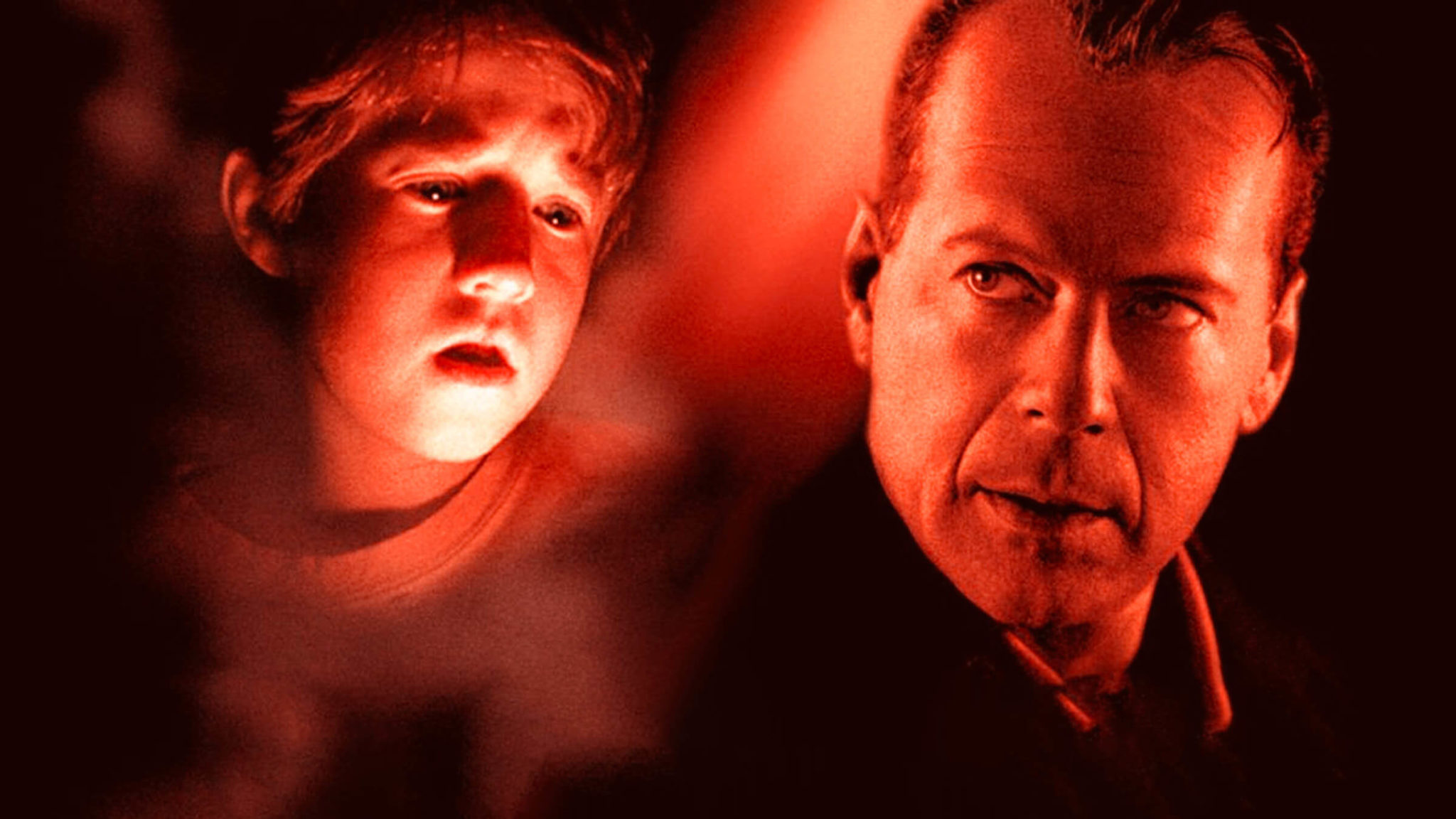The Story is King – Proper Screenwriting Story Structure
From guest writer Barbara Buzzelli
Once you have a grasp of the formatting fundamentals of screenwriting, it’s time to move on to the true meat of it all: the story. But, even story must follow a basic structure. Think of screenwriting as a formula—you can plug in whatever variables you choose but the basic recipe stays the same. You get a different solution every time but, in general, you follow the same path to get there.
(A+B)/(A+C)=D – THE FEATURE FILM FORMULA
Let’s take a look at a feature film, shall we? When sitting down to write a full-length screenplay there are some important things to keep in mind.
- Feature-length screenplays are all approximately 90-120 pages
- 1 page of writing is equal to about 1 minute of screen time
- Feature films generally follow a 3-Act structure: Act 1 being the first 30 pages, Act 2 is pages 30-90 (the longest act), and Act 3 is pages 90-120
If we are looking at our formula from above, then ‘A’ would be your protagonist, the hero of your film. ‘B’ and ‘C’ are the obstacles or conflicts your protagonist must face throughout the course of the script. And, ‘D’ is the resolution of the story, at which your main character has reached a turning point and the credits begin to roll. Story structure should always be based on some type of character arc. Whether your main character changes for the better or for worse by the end, something has to change or you are working toward nothing.
SO, WHAT HAPPENS AND WHEN?
Screenwriting is not as complex as you may think. Sure, compelling characters, plot twists, and intertwining relationships make for a multifaceted movie; but there are several important moments that every movie—no matter how complex—hits at around the same time.
- Page 1 – The Point of Attack – this is the “hook” that draws the reader/viewer into your world
- Page 10 – The Inciting Incident – this is the big moment of the first act, the initial conflict that gets the story going
- Page 30 – Plot Point 1 – this is the first obstacle your protagonist comes up against, it spins the story in a new direction
- Page 90 – Plot Point 2 – the second obstacle
- Page 100 – The Climax – this is the big moment of the script, the biggest conflict, when the drama is at its highest peak
- Page 110-120 – The Resolution – the slowing down of the action, when the protagonist realizes that he/she has changed and the story comes to a close
PATHS TO CHANGE
There are two basics techniques or paths to change that you can utilize to better show the arc of your protagonist.
- “Bookending” – the character does the same thing at the beginning of the script and at the end, but with a different attitude
- “Rhyming” – the character changes in each act when presented with the same or similar situation
COMEDY VS. TRAGEDY
The other thing to keep in mind when writing your screenplay is whether or not you are working toward a happy ending or a sad ending. Whichever you choose, the structure is the same except for one major distinction:
- In a HAPPY movie – Plot Point 2 is the lowest point for the character and the mid-point of the story is the happiest
- In a SAD movie – Plot Point 2 is the happiest point and the mid-point is the lowest
BREAKING ALL THE RULES
While structure is incredibly important in screenwriting, it should not go without saying that some rules are meant to be broken. Great films have been made that go against all the so-called formulas. Learn the basic structure first and then have fun tweaking it to fit your story.
Get Our Screenwriting Newsletter!
Get weekly writing inspiration delivered to your inbox - including industry news, popular articles, and more!


























